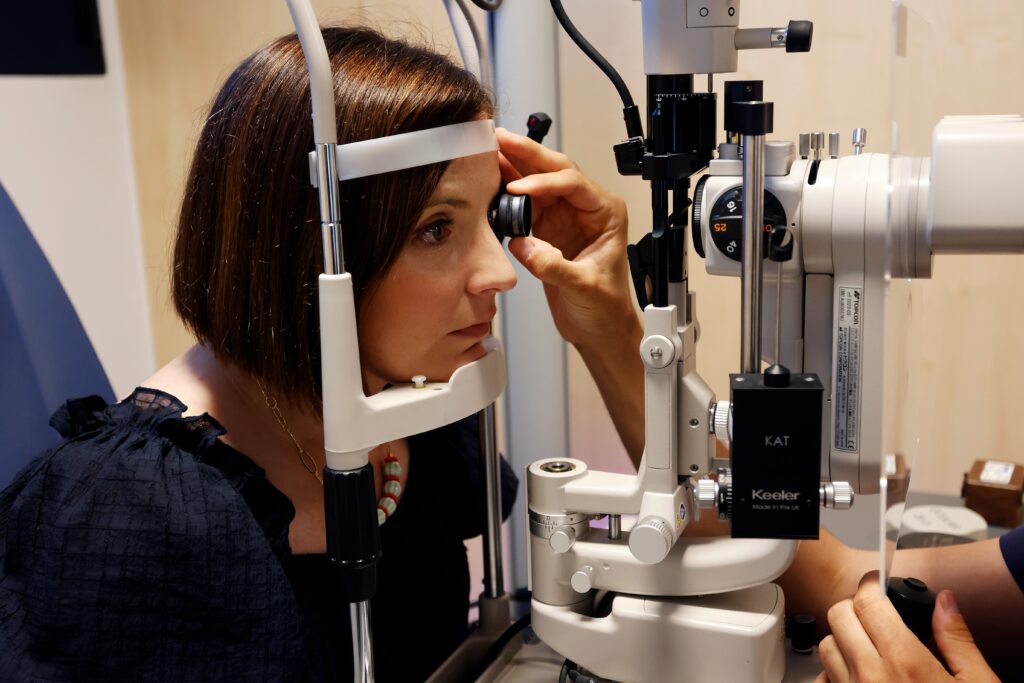
Gluten intolerance also affects vision
Poor absorption of essential nutrients such as vitamins A, D, and E, zinc, and folic acid can contribute to the development of eye conditions, including dry eye, cataracts, night blindness, or inflammatory diseases such as scleritis and uveitis.
Although celiac disease is commonly associated with digestive disorders, its impact goes far beyond the gastrointestinal system, potentially affecting eye health due to the poor absorption of nutrients essential for vision, such as vitamins A, D, and E, zinc, and folic acid.
These nutritional deficiencies can lead to issues such as dry eye, cataracts, reduced night vision, and even corneal ulcers in more severe cases. Additionally, celiac disease is associated with autoimmune conditions that can compromise vision, such as uveitis and scleritis.
“These conditions are more common in patients who have not yet been diagnosed or who, despite having a diagnosis, do not follow a strictly gluten-free diet. Continued gluten consumption in these cases damages the intestinal lining and prevents the proper absorption of key nutrients for eye health,” explains Álvaro Martín, a specialist at Miranza Instituto Gómez-Ulla.
To prevent or manage these visual complications, specialists recommend maintaining a gluten-free diet, using nutritional supplements when necessary, applying artificial tears in cases of dry eye, and undergoing regular eye check-ups. “Early diagnosis and multidisciplinary follow-up are key to preserving the visual health of celiac patients,” he concludes.
Fewer tears and lower quality tears
Celiac disease can lead to a reduction in tear production and alter their composition, which is why dry eye is the most common eye disorder in these patients. Its main symptoms include eye irritation and a sensation of a foreign body, like grit or sand.
Cataract formation is also associated with gluten intolerance due to vitamin D deficiency. Low levels of vitamin D and calcium disrupt the calcium homeostasis of the lens, increasing the risk of cataract development.
Celiac patients can also experience optic neuropathy, a condition that affects the optic nerve and can lead to vision loss.
Additionally, celiac disease is associated with a higher risk of developing inflammatory eye conditions such as scleritis (inflammation of the sclera, the white layer of the eye) and uveitis (inflammation of the uvea, the middle layer of the eye).
It is also important to highlight the development of thyroid orbitopathy, which affects the orbit and the periorbital tissues. It occurs when the immune system attacks the thyroid as well as the fat and muscles around the eyes, causing inflammation that results in swollen or red eyes.
Early detection and proper management of celiac disease are key to mitigating its impact on eye health.
Early detection and proper management of celiac disease are essential to mitigating its impact on eye health. Adherence to a strictly gluten-free diet improves nutrient absorption and reduces systemic inflammation, lowering the risk of eye disorders. Regular eye examinations will be necessary for celiac patients, especially if they have visual conditions or are at risk of nutritional deficiencies.